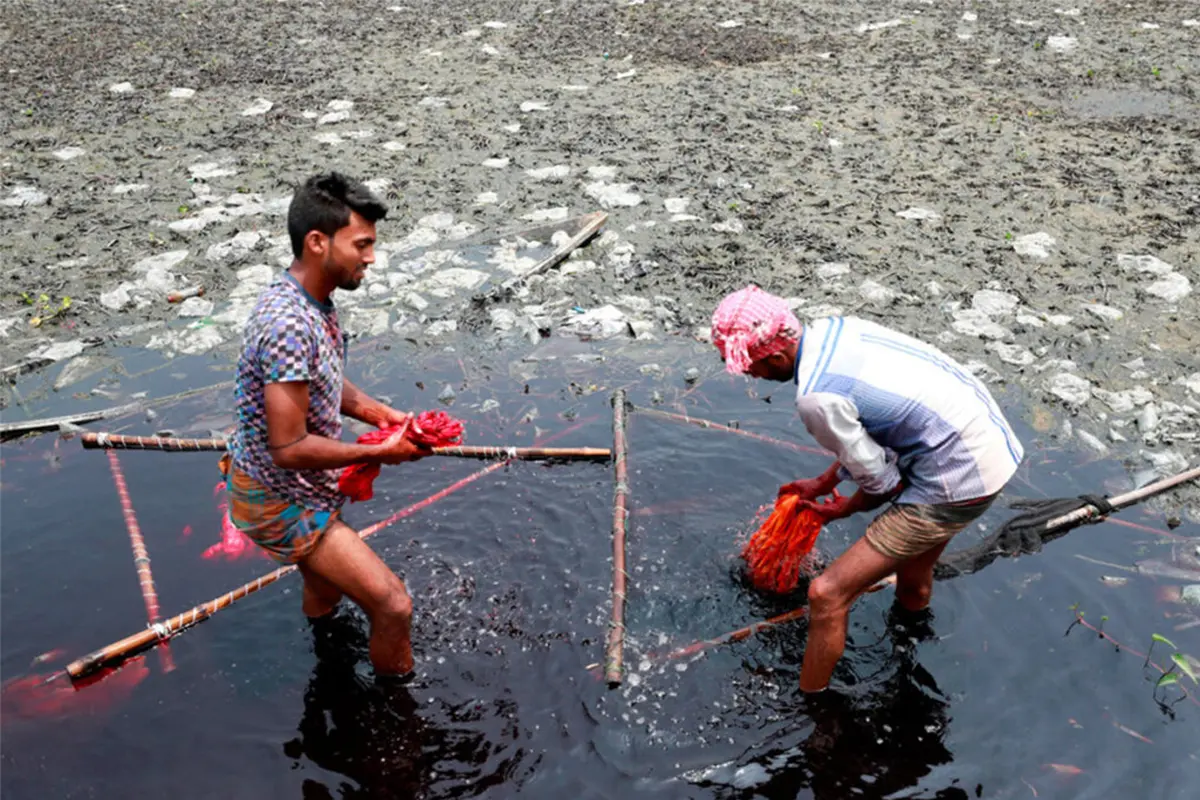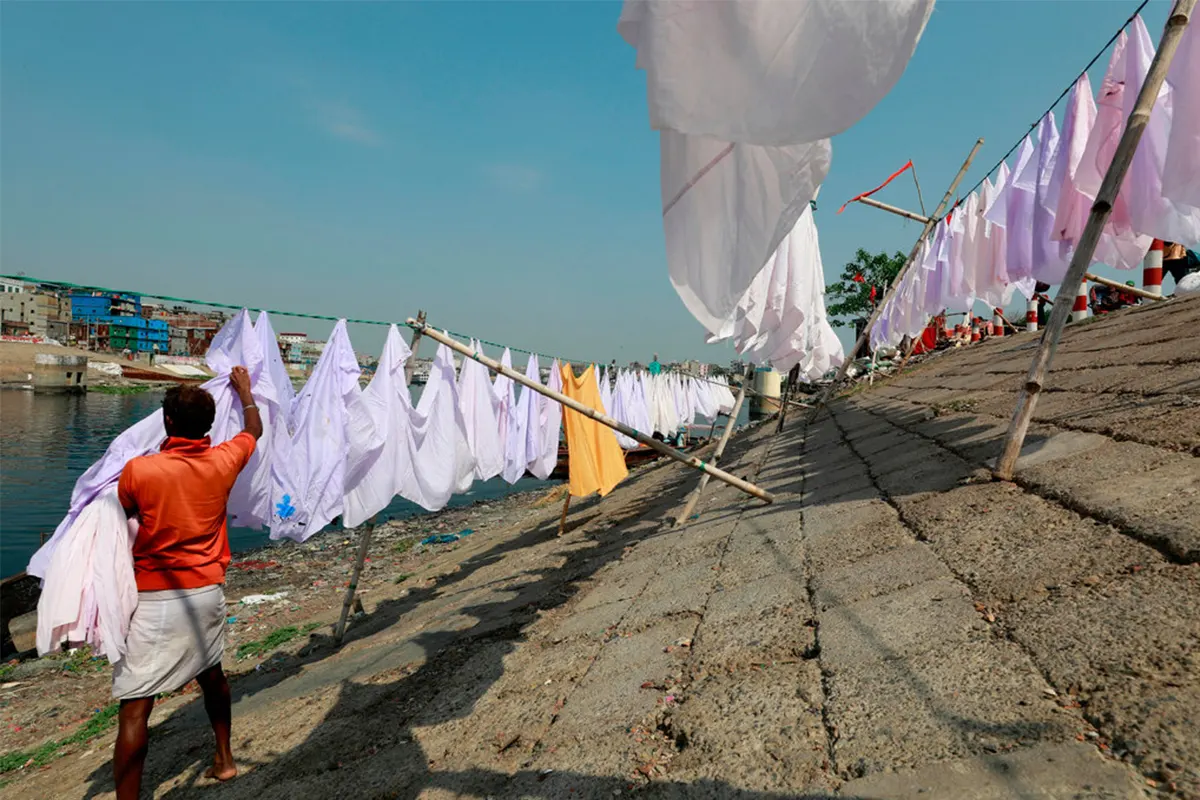Twenty-five members have joined the project to make the future of European fashion cutting-edge and sustainable
The need to create a European Alliance
Often when talking about today’s fashion industry, reference is made to an unwillingness to network. Indeed, until a few months ago, the European continent was not home to any organization that could bring fashion houses together under a common goal. In the pre-Covid era, explains Eddie Shanahan, Chair of Council of Irish Fashion Designers, such an attempt had been made with little result.
In fact, the advent of the pandemic had curbed the action of the European UNITED FASHION project, which had already laid the groundwork for collaboration on this scale. All this took time, Shanahan continues, trying to align different views, establishing common ground and coordinating with the European Commission.
Out of this first attempt was founded in June the European Fashion Alliance, an organization of twenty-five countries that lays the foundations for sustainable development and evolution of the system. «The Alliance allows us to develop a common understanding and practical objectives across our sector to collectively transform our industry and make a significant contribution to climate change», says the Chair.
The goal of changing the European fashion landscape
The Alliance was set to begin by a two-day summit that took place in Frankfurt in March 2022. The Fashion Council of Germany, with the collaboration of Messe Frankfurt and its global Texpertise Network, brought together leading European fashion institutions to discuss the foundation.
The Alliance, referred to as the Frankfurt Accord, has as its main goal, the statement says, the collective development of an active strategy in the face of the industry’s need for change. The additional areas of action on which the network of members will focus are practical in nature focusing on support organizations, small and medium-sized businesses, large companies and professionals.
«Our new policies and operating systems must also take into account our social responsibilities, including a “living wage” for garment and textile workers and a fair transition for those who will inevitably lose their jobs when market demand moderates», declares Shanahan.
Main goals and changes to be achieved
The experience of Founding members from different backgrounds, social contexts and cultures will foster the development of the industry by finding the groundwork on a common starting point. The countries that have joined through the organizations responsible for the industry are: Austria, Belgium, Bulgaria, Denmark, Estonia, Finland, France, Germany, Iceland, Ireland, Italy, Latvia, Netherlands, Norway, Portugal, Slovakia, Spain, Sweden, Switzerland and the UK.
The different discussion sessions as well as the conference organized in Frankfurt by Fashion Council Germany highlighted the compactness in the working group and the strength of the collective, Shanahan explains. Among the Alliance’s main goals is, through the influence of the individual entities active within each country, to engage politics in their action on the fashion industry.
Measures to ensure a sustainable and economic viable future
To ensure a sustainable and economic viable future for the European sector, the collective experience of the members is essential, states the Chairman. Areas of interest, he continues, focus in particular on education, preservation of skills and craftsmanship, new technologies, industry standards, transparency and certification, and social impact.
Several working groups have been established to consider and study these initiatives through an exchange of information and practices already established in the different countries. Along with this, the Chair points out, active collaboration includes cross-sectoral sharing from which the European fashion industry will benefit.
Sustainability, a central issue
Among the core themes that the Alliance aims to address and develop is that of sustainability. After the launch of the project a series of specific discussions will be implemented to address this issue and propose strategies to be executed.
In particular, the Chairman reports how general discussions have already been in place, but only later will policy working groups be established. The place where key actions and priorities are expected to be triggered is the first conference after the constitution of the Alliance to be held in Gran Canaria in October.
Shanahan further states: «From the perspective of the Council of Irish Fashion Designers, we believe that educating designers, producers and consumers, ensuring local supply chains by retaining skills and production capacity in Europe, lean manufacturing, developing transparency and certification, and a “Made In Europe” certification mark are all key issues».
Inclusiveness and innovation are key
In a world that is losing trust in the fashion industry, it is crucial to make a change to make it truly relevant to the present day. The immediate reputation with respect to the current way of operating, according to Chair, is not favorable.
In addition, the sector, with the exception of a few, still gives little consideration to the climate impact and sustainability of the same in the long term, considering the current modus operandi. Issues on which to act in this context of transformation and evolution include education in the first place. Also, the Chairman mentions waste reduction, transparent recycling and credible circularity, integration of new technologies, and reduction of fashion’s overall carbon footprint.
Change in this industry can only be linked to the environmental disasters the world is facing. With this in mind, therefore, collaboration with a wide variety of sectors is necessary to work in the common interest toward crisis stabilization. «An industry that loses its creativity and capacity for innovation loses its future. Without focused innovation and collaboration for change, the fashion system as we know it is unsustainable», pronounced on these points Shanahan.
United for the promotion of the industry
Another key aspect that the Alliance will take care of is maintaining and promoting the heritage of European fashion. This element has long been neglected in the past, forgetting the added value of traditional manufacturing and fabric processing.
The Chairman explains how the industry has preferred to turn elsewhere, not protecting these properties but looking at speed and price in production. Today, craftsmanship and the professions developed in each country can be a key step in making the fashion sector viable. From the local sourcing of resources to the development of a domestic production chain and the enduring quality of designs and fabrics.
It is necessary, according to Shanahan, to focus on the development of sustainable alternatives for which Europe and, in general, the rest of the world are lagging behind. Again, involvement, as well as communication and promotion, can be levers to focus on to inform potential collaborators, outside and inside the industry, including politicians and consumers. In addition, the Chair points out, for some years now consumers have also been looking for propositions that focus on sustainability and product value, such as durability or craftsmanship.
Lampoon reporting: the revenge of the fashion system
Within the different countries that form the European Fashion Alliance, it happened that the industry was minimally considered at the political level. Even more this situation has been accentuated by the advent of the pandemic situation that has seen the fashion sector relegated to various closures and restrictions with little concrete action to safeguard it.
This union is an opportunity to reiterate to the governmental system the above all economic relevance of the fashion sector, which, as the Chairman reiterates, contributes to both employment and European exports. Involvement in the decision-making and institutional process is essential to be able to secure new policies capable of ensuring a future that deals with environmental issues.
«To be viable and effective, these policies must be applied on a transnational basis within Europe, so political engagement will be necessary and inevitable», Shanahan says. The conditions within the Alliance seem to be positive given the encouragement expressed by the President of the European Commission and Commissioner Gabriel, according to the Chairman. An industry that is driving GDP for many countries will therefore be reconsidered under a continental perspective in order to act for the proper development of the sector.
The European Fashion Alliance
The first transnational union on the continent, bringing together eighteen countries and twenty-five institutions active in the fashion industry to work together on concrete development of the sector.




















